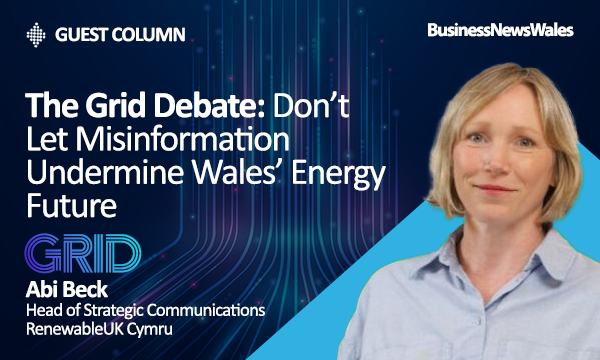The Underground Cable Fallacy: Debunking Myths and Confronting Realities in Wales’ Energy Transition
Wales, a nation deeply intertwined with its landscape, faces a critical juncture in its energy future. The urgent need to decarbonize the energy system demands a pragmatic and fact-based approach to infrastructure development. Central to this debate is the contentious issue of underground versus overground power lines, a discussion often clouded by misinformation and wishful thinking. While the allure of burying unsightly cables resonates with many, a closer examination reveals a stark reality: undergrounding, despite its aesthetic appeal, is significantly more expensive and presents a host of practical challenges that cannot be ignored.
The recent surge in claims that undergrounding has become cost-competitive with overhead lines is simply not supported by evidence. Two comprehensive reports published this year, one focusing on the national transmission network and the other on local distribution systems, independently confirm that undergrounding remains significantly more expensive, potentially up to five times the cost of overground pylons. This cost differential isn’t arbitrary; it stems from fundamental factors related to physics, scale, and materials. Underground cables require greater insulation, larger dimensions, and extensive civil engineering for installation, all contributing to significantly higher costs.
The financial implications of opting for widespread undergrounding are immense and cannot be dismissed. This added expense, whether absorbed through increased energy bills or higher public spending, ultimately burdens consumers and taxpayers. For rural communities in Wales, already disproportionately affected by fuel poverty, the prospect of further escalating energy costs due to expensive infrastructure choices is deeply concerning. In a time of heightened economic sensitivity, these trade-offs must be acknowledged and openly discussed. Ignoring the economic realities of undergrounding risks exacerbating inequality and placing undue financial strain on those least able to afford it.
The narrative that underground cables are environmentally benign and invisible is equally misleading. The environmental impact of burying high-voltage cables is substantial, particularly in rural areas. Excavation requirements for underground cables can be up to 14 times greater than for pylon installation, resulting in significant land disruption. This has serious ramifications for landowners, especially farmers whose livelihoods depend on undisturbed land, healthy soil, and effective drainage. Experiences in Germany, where initial enthusiasm for undergrounding waned as the extent of land disruption became apparent, serve as a cautionary tale. Moreover, maintaining and repairing underground cables, especially in flood-prone regions, presents significant logistical challenges, potentially leading to prolonged outages. Overhead lines, while visually more prominent, offer greater accessibility and ease of maintenance, ensuring a more resilient and responsive grid.
This is not to say that undergrounding has no place in the future energy landscape. In densely populated urban areas or environmentally sensitive protected landscapes, it may indeed be the preferred solution. However, each infrastructure decision must be evaluated on a case-by-case basis, considering a range of factors including cost, technical feasibility, environmental impact, land use implications, grid resilience, and community needs. A balanced approach that prioritizes both environmental protection and economic viability is crucial.
The path to a sustainable energy future for Wales requires an honest appraisal of the available options. Dismissing inconvenient truths or perpetuating myths about undergrounding serves no one. As Wales embarks on crucial decisions regarding grid development, a commitment to informed, transparent, and nuanced dialogue is essential. The choice between underground and overground power lines isn’t merely a technical or aesthetic consideration; it’s a fundamental decision that will shape the future of energy affordability, accessibility, and resilience for all. This conversation must move beyond simplistic narratives and embrace the complexities of the challenge to ensure a just and effective energy transition for all communities in Wales.


